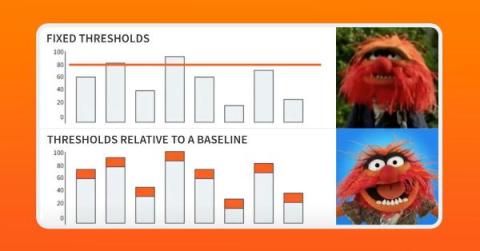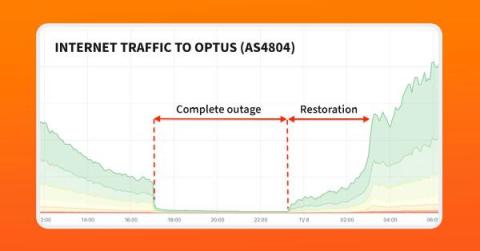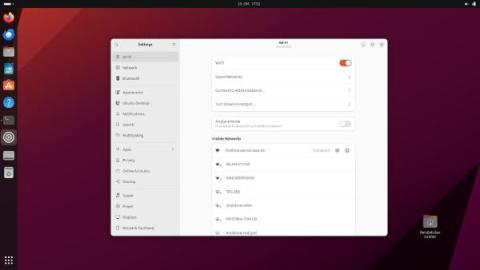What is Bandwidth Monitoring: Benefits, Efficiency and Best Practices
Bandwidth Monitoring is a vital function essential for the smooth flow of data and business success in the digital landscape. Many businesses, individuals, and data centers use networks to share information or services with each other. However, at times customers may experience poor results from unreliable connections, but these problems could also be signs of more serious network problems.











